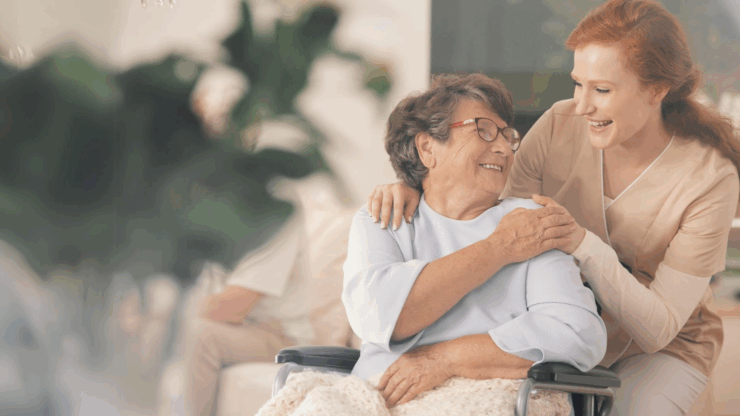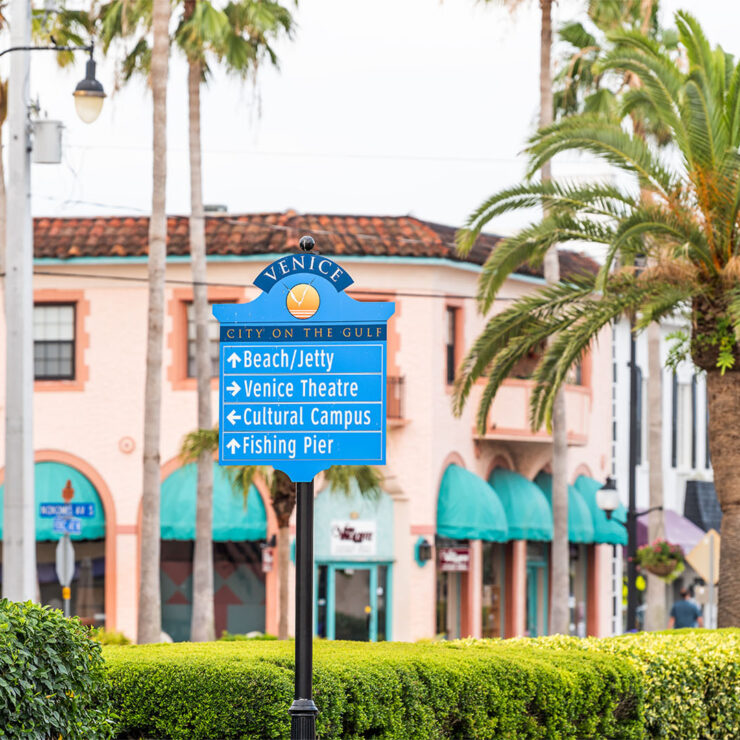Long-term care services are designed to meet a person’s health and personal care needs, allowing them to live safely and independently in their home. There are a variety of services that would fall under the definition of long-term care. These services include institutional care in nursing homes and assisted living facilities or non-institutional care such as home health care, personal care, adult day-care, respite care and hospice care.
- Home health care
Services provided in your home and may include skilled nursing care, speech, physical or occupational therapy, and home health aide services. - Home care (personal care)
Assistance with personal hygiene, dressing or feeding, nutritional or support functions and health-related tasks. - Nursing homes
Residential facilities licensed under the public health law. - Adult day care
Provides supervision and other social, recreational, and in some cases, health services during the day, in a group setting outside the home, for those who still live at home. - Assisted living facilities
Provides housing and ongoing care services to those unable to perform activities of daily living or who have cognitive impairment. - Respite care
Temporary institutional or at-home care of a dependent elderly, ill, or handicapped person, providing relief for their usual caregivers. - Hospice care
A care program, either in a hospice care facility or in the home, for persons who are terminally ill and have a life expectancy of six months or less.
People often seek long-term care when they have ongoing frail conditions, or the need can arise suddenly after a stroke or heart attack. The most popular type of long-term care is to assist with the Activities of Daily Living (ADLs). The most common reason for long term care is a gradual decline in health, which comes with age and prevents the individual from performing activities of daily living on their own. ADLs include:
- Bathing
The ability to clean oneself and perform grooming activities like shaving and brushing teeth - Continence
The ability to control one’s bladder and bowel functions - Getting dressed
The ability to get dressed by oneself without struggling with buttons and zippers - Eating
The ability to feed oneself - Transferring
Being able to either walk or move oneself from a bed to a wheelchair and back again















